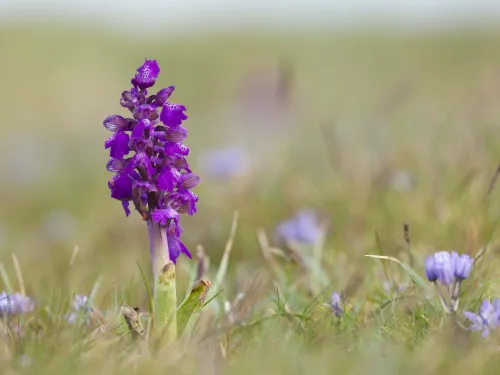
Green-winged orchid
A short, but pretty plant of unimproved grasslands, the Green-winged orchid gets its name from the green veins in the 'hood' of its flowers. Look for it in May and June.
Want to learn more about wildlife near you? You're in the right place, search below and discover the nature you can help protect in Kent.

A short, but pretty plant of unimproved grasslands, the Green-winged orchid gets its name from the green veins in the 'hood' of its flowers. Look for it in May and June.
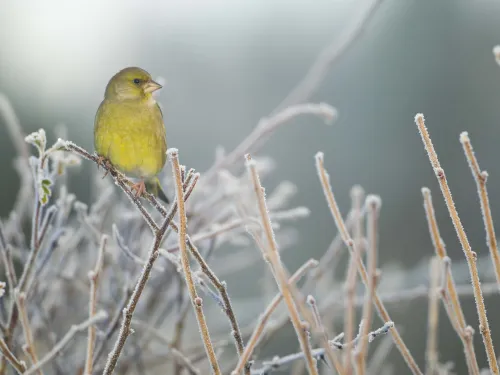
An attractive, olive-green bird, the greenfinch regularly visits birdtables and feeders in gardens. Look for a bright flash of yellow on its wings as it flies.

The greenshank breeds on the boggy moors and ancient peatlands of Scotland. But it can be spotted elsewhere in the UK as it passes through on migration - look around lakes, marshes and the coast.

Spot these tall, prehistoric looking birds standing like a statue on the edge of ponds and lakes, contemplating their next meal.
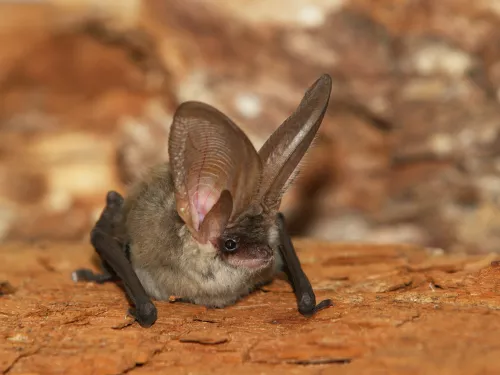
The grey long-eared bat certainly lives up to its name - its ears are nearly as long as its body! It mainly forages over grassland and meadows, but is very rare in the UK.
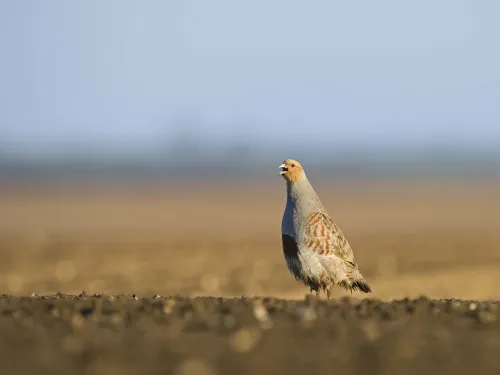
The grey partridge is an attractive bird that prefers the ground to pear trees! Found on farmland and grassland, it is under threat from loss of habitat.
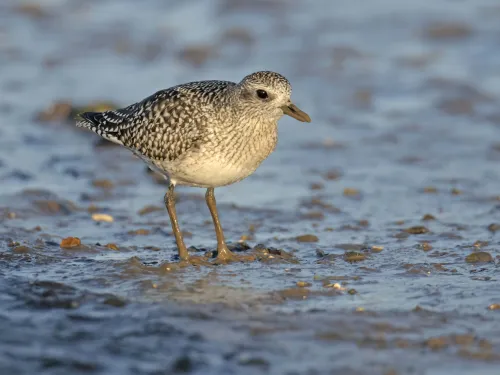
The grey plover is similar to the golden plover, but as its name suggests, has a silver- and black-speckled back, rather than a gold one. It is only found at the coast and is mostly a winter migrant.
Have you ever seen the curious face of a grey seal bobbing in the waves when visiting the beach? Grey seals can be seen lying on beaches waiting for their food to go down. Sometimes they are accompanied by their white fluffy seal pups that look like balls of cotton wool!
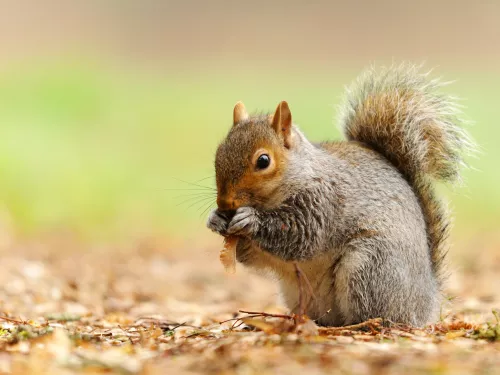
The grey squirrel was introduced into the UK in the 1800s. It provides an easy encounter with wildlife for many people, but can be damaging to woodlands and has contributed to the decline of the red squirrel.
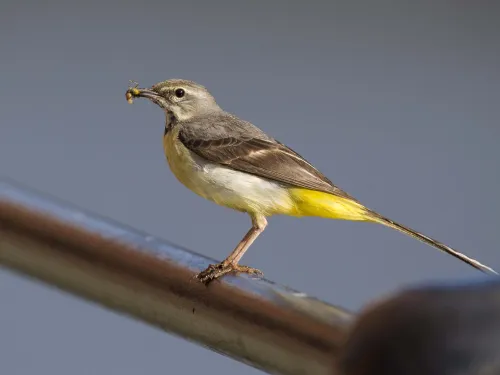
A breeding bird of fast-flowing, upland rivers, the grey wagtail can also be seen in lowland areas, farmyards and even towns in winter.
One of our commonest willows, the Grey willow is a small tree that is found in ditches, reedbeds and wet woodland. It is well-known for its silver, fluffy catkins that give it another name, 'Pussy willow'.
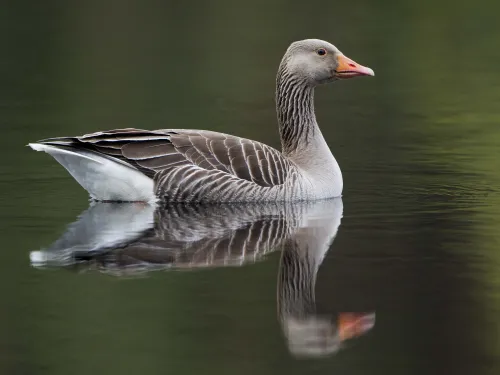
The greylag goose can be easily spotted around parks, gravel pits and river valleys, but these populations tend to be semi-tame, having been reintroduced. Truly wild populations can be found in Scotland.